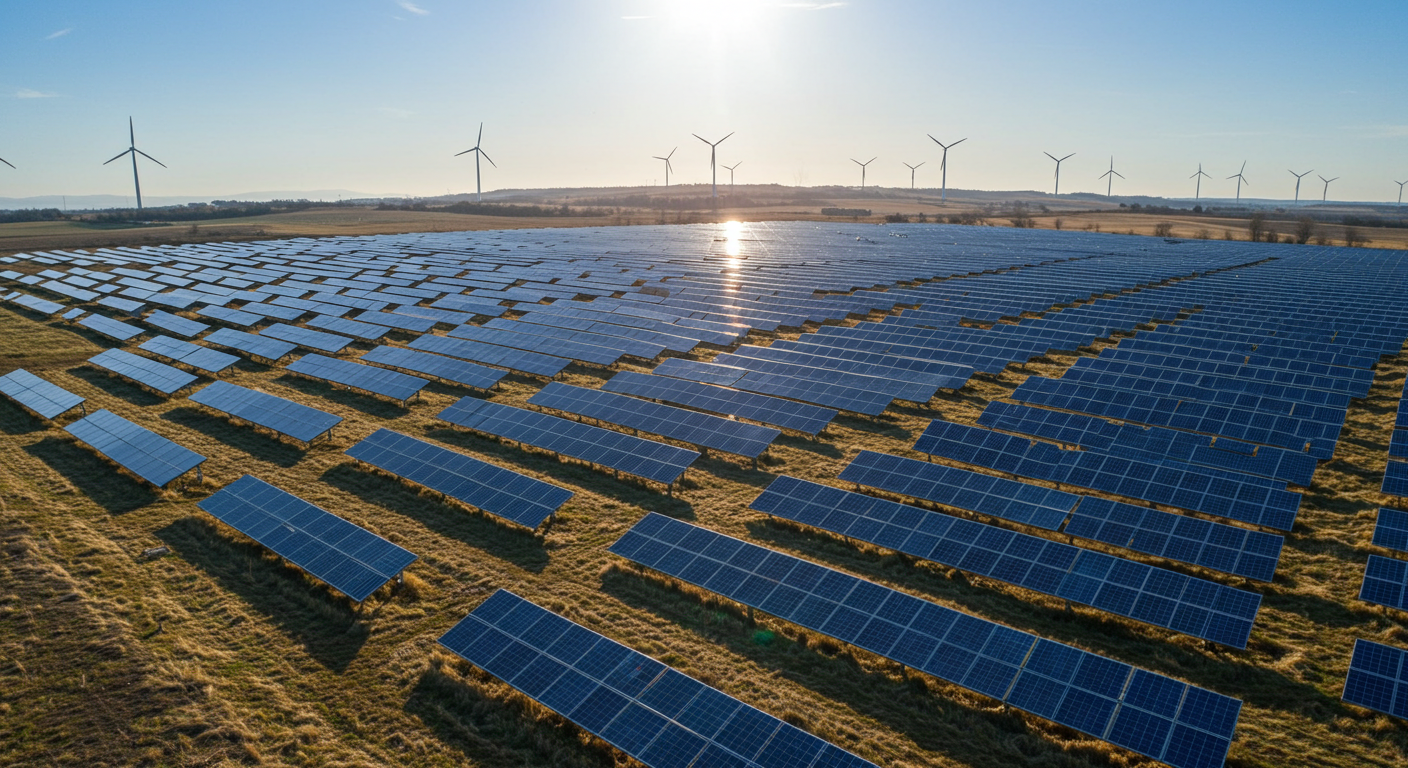Residential solar panels are transforming home energy solutions, offering an increasingly efficient and cost-effective alternative to conventional electricity. Homeowners who adopt solar technology benefit from lower utility bills, increased energy independence, and a reduced environmental footprint. This shift is especially notable in regions with strong support for solar, with Asheville solar projects setting powerful examples of successful implementation and community-wide adoption. The rapid development in both solar technology and financial incentives is making the transition to clean energy easier and more attractive than ever before. As technology advances, homeowners now find it easier to harness the sun’s energy, with solar panels boasting impressive efficiency improvements and sleeker designs. Financial support, from federal tax credits to local rebates, helps shrink the initial investment hurdle, making clean energy more accessible. Not only does this innovation impact individual households—where smart home integration maximizes savings and convenience—but it also expands energy options to renters and those in shared housing through new community solar models. These developments collectively reduce reliance on fossil fuels and empower communities to embrace greener practices.
Advancements in Solar Panel Technology
Breakthroughs in photovoltaic (PV) cell design and manufacturing have elevated the efficiency rates of the latest residential solar panels above 25%. These enhanced panels capture a broader spectrum of sunlight, including diffuse light on cloudy days, ensuring stable performance throughout the year. Modern systems are also designed with aesthetics in mind, featuring low-profile mounts and all-black panels that blend seamlessly with roofing materials, removing many of the older objections to installing panels on visible rooflines. Thanks to these advancements, homes require fewer panels to achieve the same or greater energy output, reducing both cost and installation time. Another key development is the durability and lifespan of residential solar systems. Today’s panels often come with 25-year warranties and are built to withstand storms, hail, and high winds. Occupants can thus rely on reliable energy production and minimal efficiency loss for decades, making solar a wise long-term investment.
Financial Incentives and Savings
Making the switch to solar is less financially daunting due to robust financial incentive programs. The federal Investment Tax Credit (ITC) stands out, covering 30% of the total solar installation cost, and can be claimed through 2032. Beyond federal support, many state governments and local utility providers offer rebates, grants, and low-interest loans to enhance the accessibility of solar adoption further. For instance, North Carolina—a leader in renewable energy—offers additional state incentives alongside various net metering policies that reward homeowners for their system’s surplus power contributions to the grid. Net metering remains one of the most attractive financial aspects of solar ownership. This policy allows homeowners to feed excess electricity back into the public grid in exchange for credits, further offsetting utility costs and maximizing the return on investment over the system’s lifespan. Pairing these incentives with declining manufacturing costs means most residential solar buyers see significant savings within just a few years of installation.
Integration with Smart Home Systems
Integrating solar energy systems with smart home technology is rapidly turning homes into energy-optimized powerhouses. Cutting-edge smart inverters and AI-based management platforms can track sunlight patterns, forecast power production, and optimize storage usage with remarkable precision. Homeowners can automate when to use stored power versus grid power, adjust thermostat settings, and even control electric vehicle charging—all in real-time—based on energy generation forecasts. This integration doesn’t just add convenience; it ensures greater efficiency. By balancing home demand with production and battery storage, these systems minimize grid reliance during peak hours, securing steady savings and boosting resilience during grid outages.
Community Solar Projects
For those who can’t install panels—such as renters, condo residents, or those with shaded roofs—community solar projects provide a strong solution. These cooperative efforts let multiple households or businesses share the power generated by a local solar array. By subscribing to such a project, participants earn credits for their portion of the electricity produced, which helps lower their bills without the need for direct rooftop installation. Companies are increasing access and reducing costs for thousands of households, showing how collective energy buying and shared infrastructure can expand renewable energy to more diverse communities. These projects also make a significant contribution to local carbon reduction goals, beyond just individual savings.
Environmental Impact
Switching to residential solar panels generates significant environmental benefits. Each home powered by solar eliminates a portion of the greenhouse gases that would otherwise be produced by fossil-fuel generation. The widespread adoption of solar technology reduces our dependency on non-renewable energy sources and curbs air and water pollution, contributing positively to the fight against climate change. The cumulative effect, if scaled nationally, could be transformative for both climate targets and public health.
Challenges and Considerations
Certain hurdles remain in the journey toward universal solar adoption. Changes in national or state policy—such as adjustments to tax credits or utility compensation for distributed solar—can alter the financial landscape for prospective buyers. Upfront costs, even with incentives, may be prohibitive for some households, making the continued expansion of low-interest loan programs and community initiatives essential. Homeowners should evaluate their property’s sun exposure, energy needs, and eligible incentives, staying current on legislation and market trends.
Conclusion
Residential solar panels are at the forefront of a paradigm shift in home energy consumption. As costs continue to fall, technology becomes smarter, and access expands through creative solutions like community solar, families everywhere have the opportunity to contribute to environmental sustainability and energy resilience. Adopting solar doesn’t just make financial sense; it positions homeowners as active participants in the global movement for cleaner power and a healthier planet.

